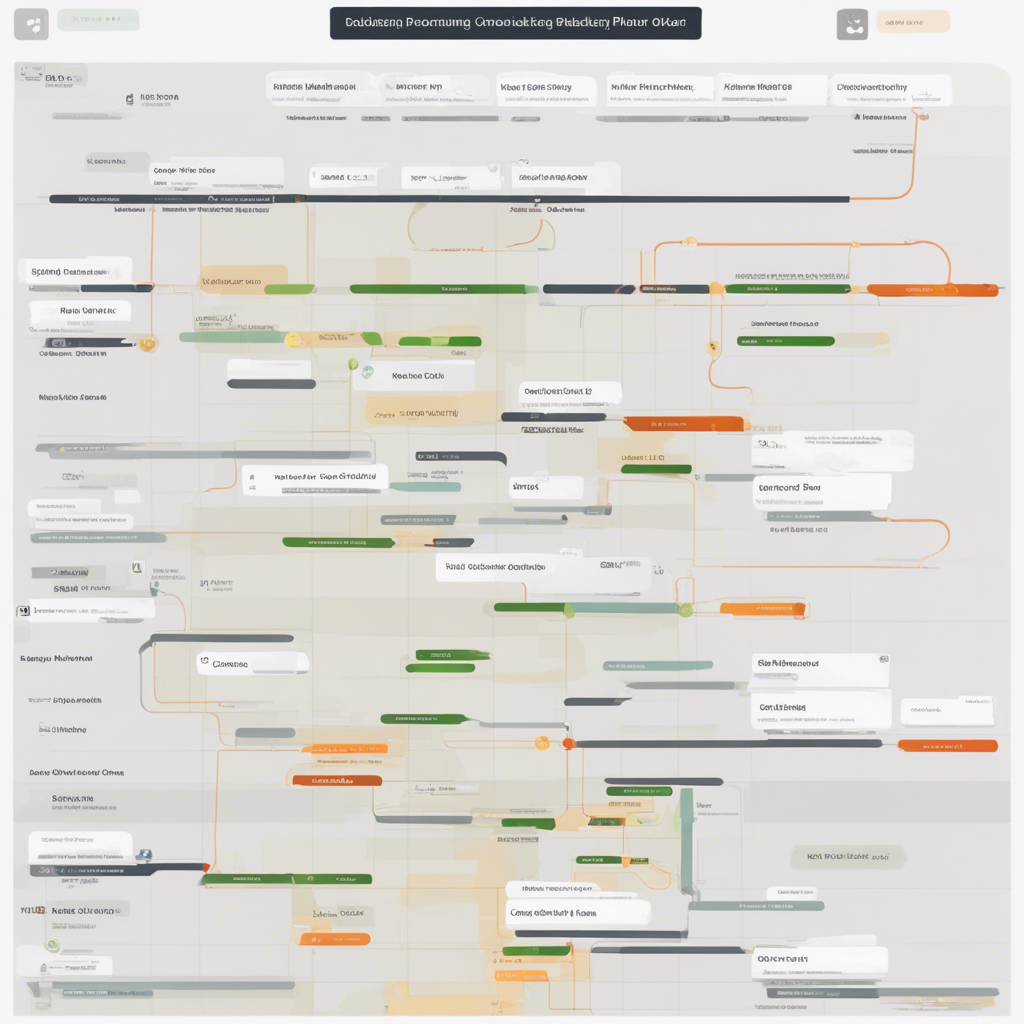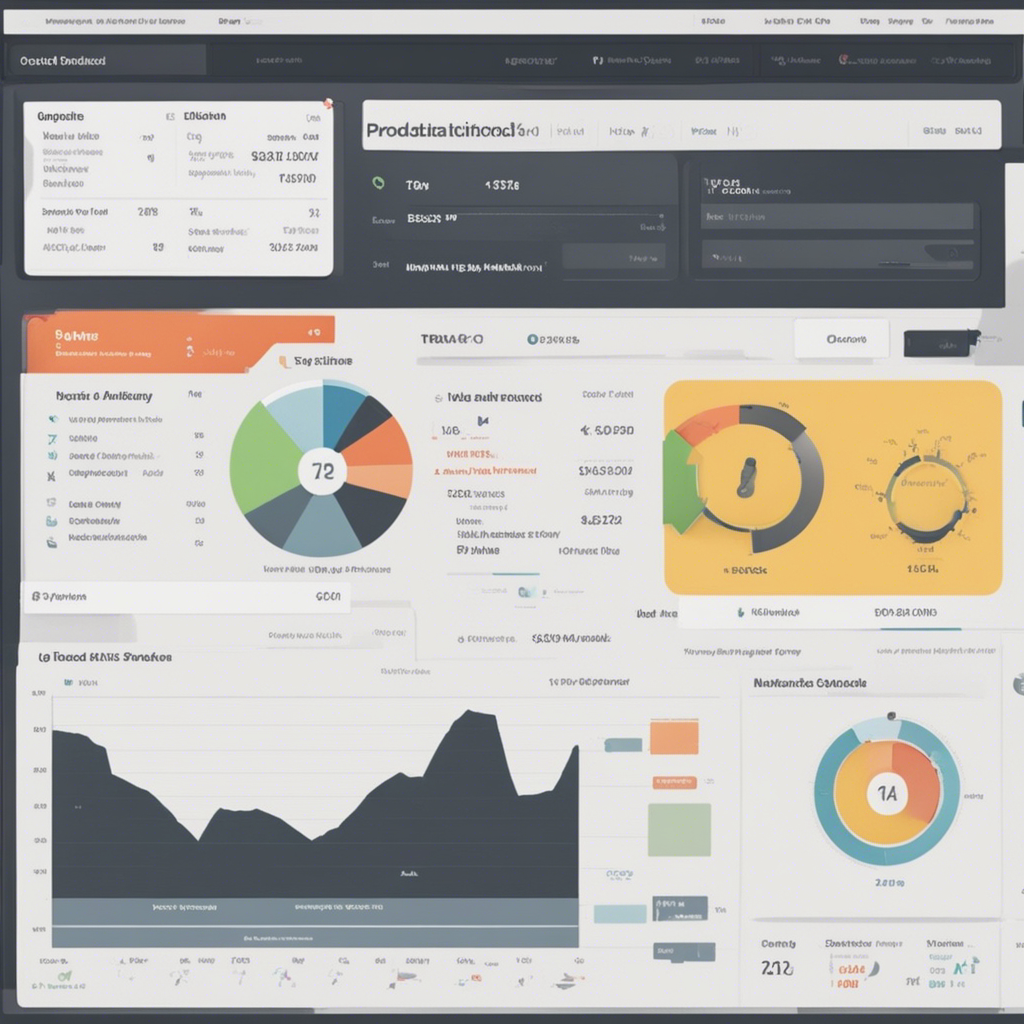
B2B vs. B2C: Building Products for Business or Consumers
In the world of building products, companies often face the challenge of choosing whether to focus on serving businesses (B2B) or consumers (B2C). Making this decision is crucial as it can significantly impact a company’s success and growth. In this blog post, we will dive deep into the differences between B2B and B2C building products and explore the various considerations companies must take into account when building and marketing their products.
Understanding the Differences
Before we delve into the intricacies of building products for businesses and consumers, it’s essential to understand the fundamental differences between B2B and B2C markets.
B2B (Business-to-Business): This market involves transactions between businesses. B2B products are typically used by other companies to support their operations or to incorporate into their own products or services.
B2C (Business-to-Consumer): This market involves transactions between businesses and individual consumers. B2C products are designed to meet the specific needs and preferences of individual consumers.
Now let’s explore the key factors that distinguish B2B from B2C building products.
1. Customer Needs and Buying Behavior
B2B customers typically have different needs and buying behavior compared to individual consumers. When building products for businesses, it’s crucial to understand their unique requirements, which often revolve around enhancing efficiency, reducing costs, and boosting productivity.
In contrast, B2C customers focus more on personal satisfaction, convenience, and emotional appeal. They seek products that align with their values, improve their quality of life, and offer a positive user experience.
2. Complexity and Customization
B2B building products are often more complex and require a deep understanding of the customers’ industry and workflow. They may need to integrate with existing systems and meet specific industry regulations. Customization options are highly valued in the B2B market to accommodate the specific needs of businesses.
B2C building products, on the other hand, are typically less complex and require less customization. They are designed to be user-friendly, aesthetically pleasing, and provide seamless experiences for individual consumers.
3. Sales and Marketing Channels
The sales and marketing channels for B2B and B2C building products differ significantly. B2B products often require a more consultative and relationship-based sales approach, as business buying decisions involve multiple stakeholders and are based on careful evaluation and comparison of alternatives.
In contrast, B2C products are often sold through mass marketing efforts, online platforms, and direct-to-consumer channels. The marketing strategies for B2C products focus on creating brand awareness, fostering emotional connections, and persuading individual consumers to make impulse purchases.
4. Relationship Management
Building strong customer relationships is crucial in both B2B and B2C markets, but the dynamics differ. B2B customers often value long-term partnerships and expect personalized attention, customized solutions, and excellent ongoing support.
B2C customers, although less likely to establish long-term relationships, still appreciate responsive customer service, clear communication, and opportunities for engagement with the brand.
Considerations when Building B2B or B2C Building Products
When building products for businesses or consumers, several key considerations should guide the design and development process. Let’s explore these considerations in detail.
1. Understanding your Target Audience
The success of any building product hinges on a deep understanding of the target audience. By conducting market research, crafting buyer personas, and analyzing customer data, you can gain insight into your target market’s pain points, preferences, buying behavior, and motivations.
For B2B building products, it’s crucial to identify the specific industries, organizational roles, and decision-making processes your product will target. This knowledge will help you develop solutions that address the unique challenges faced by businesses in that particular sector.
For B2C building products, understanding your target audience’s demographics, psychographics, and lifestyle choices will allow you to tailor your product to their needs and desires. This includes considerations of age, gender, income level, location, interests, and purchasing power.
2. Creating User-Centric Designs
User-centered design principles should guide the development of both B2B and B2C building products. Intuitive and user-friendly interfaces, accessibility features, and streamlined workflows are vital in ensuring customer satisfaction and adoption.
For B2B building products, additional attention must be paid to integration capabilities, scalability, security features, and comprehensive documentation. These elements are critical for businesses as they seek long-term solutions that seamlessly fit into their existing processes.
B2C building products should focus on delivering exceptional user experiences, emphasizing aesthetics, simplicity, and emotional appeal. Streamlined onboarding processes, efficient search functionality, and personalized recommendations can significantly enhance the user experience for individual consumers.
3. Building Trust and Credibility
Building trust is paramount in both B2B and B2C markets. B2B customers need assurance that your product aligns with their values, meets industry standards, and provides reliable support. Building a reputation for delivering exceptional quality, consistently meeting expectations, and providing outstanding customer service is crucial in establishing trust with businesses.
B2C customers, on the other hand, prioritize transparency, authenticity, and social proof. Reviews, testimonials, and positive user experiences play a pivotal role in building trust with individual consumers. Incorporating visible trust signals on your website, such as security certifications, return policies, and customer ratings, can help boost consumer confidence in your product.
4. Iterative Testing and Continuous Improvement
Both B2B and B2C building products benefit from an iterative approach to development. Gathering user feedback, conducting beta tests, and continuously improving and updating the product based on real-world usage are crucial for success.
Iterative testing allows you to identify pain points, areas for improvement, and potential enhancements. Collecting quantitative and qualitative data through surveys, user interviews, and analytics can provide valuable insights into how your product is performing in the market.
Conclusion
Whether you are building products for businesses or consumers, understanding the unique characteristics and considerations of each market is vital to your success. B2B building products require a tailored approach focused on enhanced efficiency, customization, and industry expertise. B2C building products, in contrast, prioritize personal satisfaction, convenience, and emotional appeal.
By thoroughly understanding your target audience, leveraging user-centered design principles, building trust and credibility, and continuously iterating and improving your product, you can establish a strong foothold in either B2B or B2C markets.
Remember, whether you choose to focus on B2B or B2C building products, ensuring your product provides meaningful value to your customers is the key to lasting success.
References:
- Smith, J. (2020). B2B vs B2C: How Are They Different? HubSpot. Retrieved from https://www.hubspot.com/business-2-business-vs-business-2-consumer
- Tawarszki, R. (2021). Building Products for Different Types of Buyers (B2B vs. B2C). Product Coalition. Retrieved from https://productcoalition.com/building-products-for-different-types-of-buyers-b2b-vs-b2c-2251b7e0d02f






